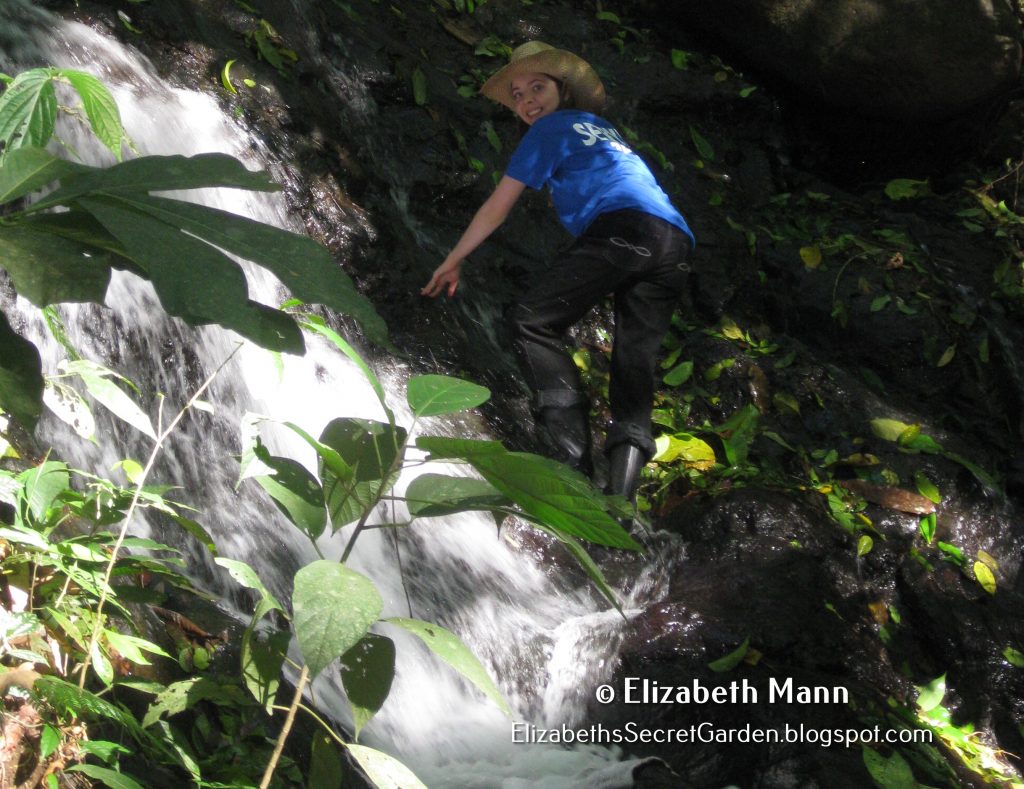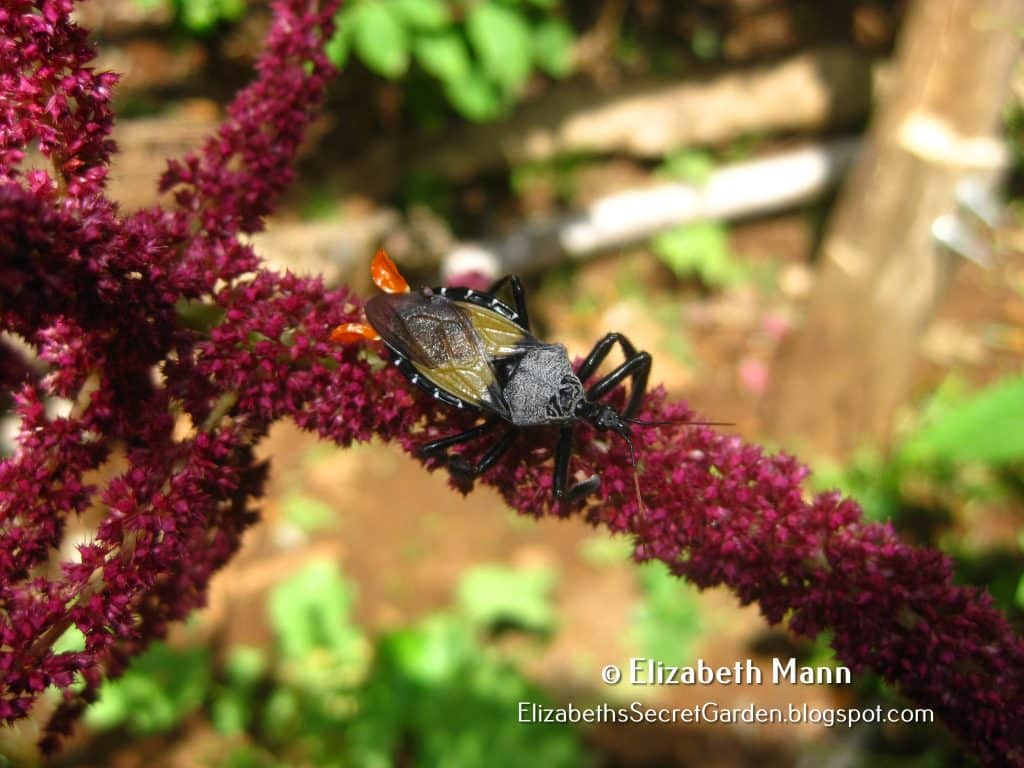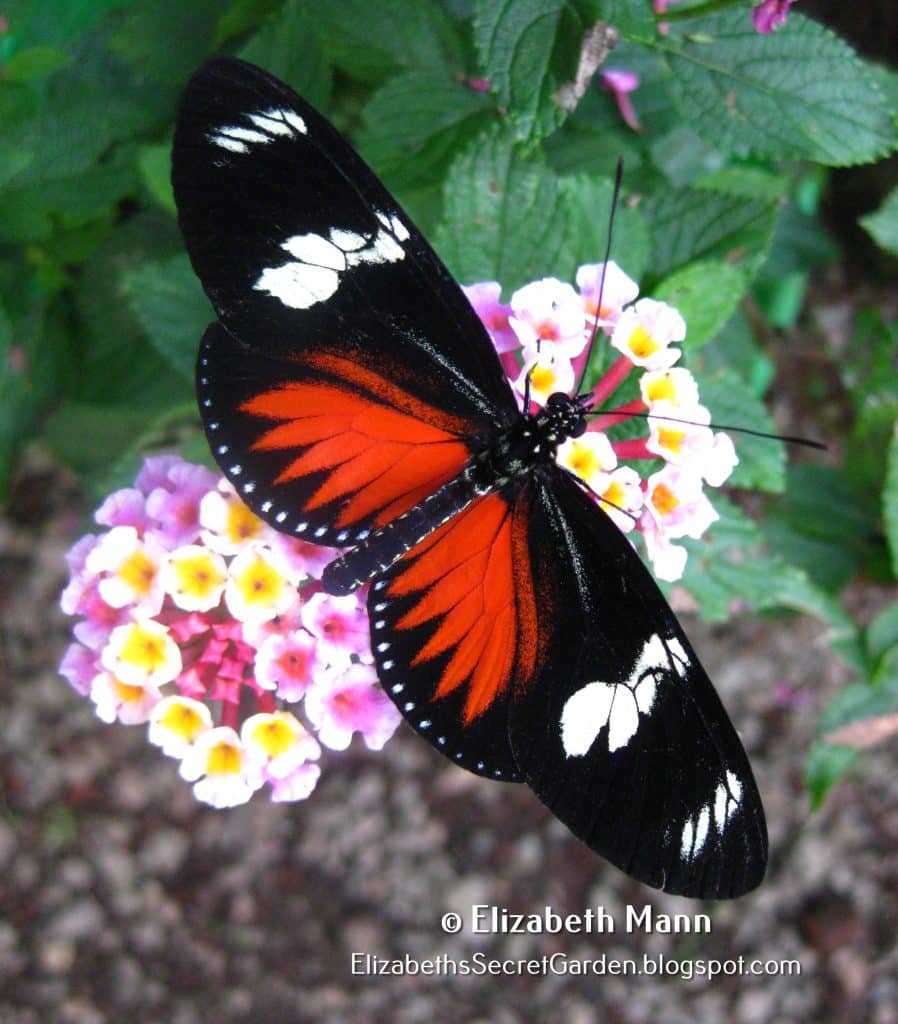Traveling to Costa Rica is like entering another world. In the morning, colorful birds sing and winged insects exhibit colorful patterns that cause one to stop and watch in awe and wonder. By night, it is like all of nature comes alive. Cicadas chirp as they seek out a mate and the gentle howl of the winds brings peace amidst the jungle choir. I got to see nature in its raw form. Many areas were preserved and left untouched, but I also saw the effects of deforestation.

For nine days, my mom and I stayed in Costa Rica and for six of those days, I experienced life in the jungle. Tucked away high up in the mountains was a community dedicated to sustainable living and being one with nature. They took into account the effect their actions have on nature. Staying in the community was like staying in a tree house. The kitchen window was left open allowing for a variety of bugs to fly freely though the house. Large moths were frequent visitors, but not all critters were as friendly. Scorpions were among that group making it necessary to check ones boots every day!
Staying in the jungles brought out my adventurous side. It was in Costa Rica that I climbed waterfalls and walked through waters without knowing what lurked below. Most importantly, I developed a mind set that wanted to take action. A mind set that what we do in the United States effects a country that you may never get a chance to visit. I saw deforestation, but I also saw human kind at their best working to preserve rain forests that once lost may be lost forever.
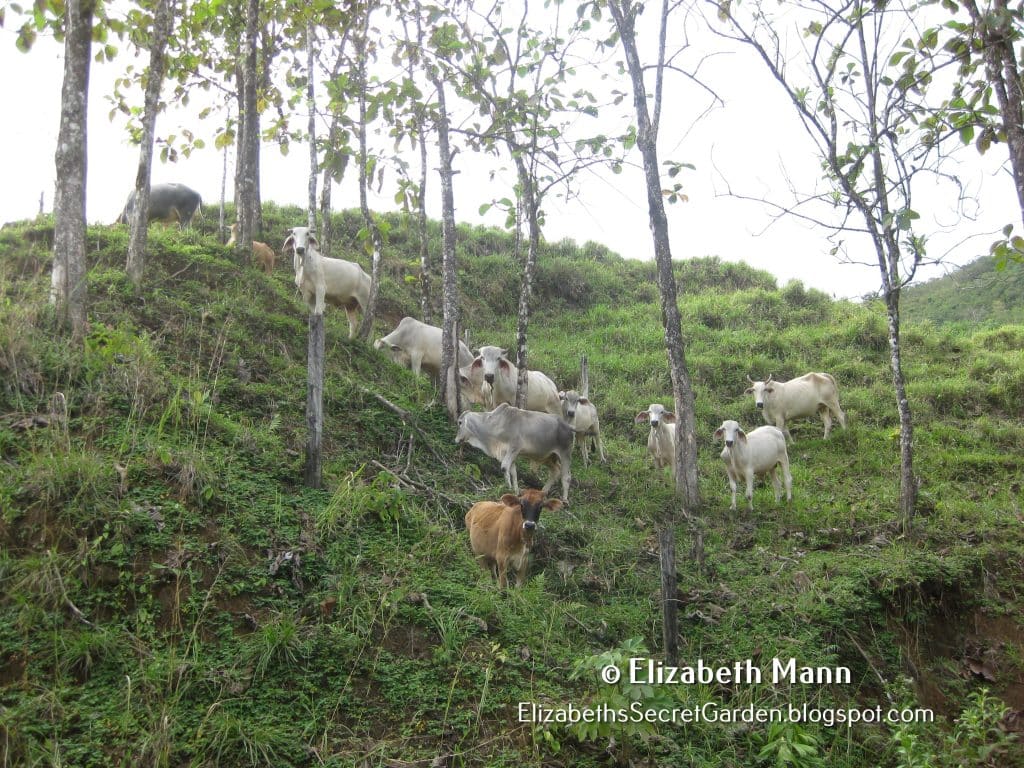
They say knowledge is power. I believe it is power if we make changes to our life style because of our new found knowledge. I learned that deforestation has its roots in our purchasing choices. Low prices for products does not mean that what we are buying has a low environmental impact.
It can actually be the opposite.
Cheap beef prices are reeking havoc on rainforests. Much of the beef that we buy at fast food restaurants and for cat food come from tropical areas. In Costa Rica, approximately 20,000 acres are cleared annually. A large percentage is for cattle grazing. The big issue is not just the destruction, but that this land cannot be restored. The grass planted for consumption is invasive smothering any small remaining trees. The land is also sprayed to prevent new growth. The greatest way you can help is to buy local organic beef and support environmental groups working towards environmental conservation.

The jungle community I stayed at worked towards being in harmony with nature because they know that it is a gift to us all. They grew their own food and went to great lengths to make delicious meals straight from the garden.
The community was one of laughter and time spent learning and growing together. Everyone had chores to keep the community clean. Collecting eggs, maintaining the gardening, and keeping the living space clean is part of living in a community. They taught me a lot that I still apply to my life. They taught me how to become more self sufficient and not rely so much on imported products.
Growing our own food, buying local and supporting environmental movements really does make an impact.
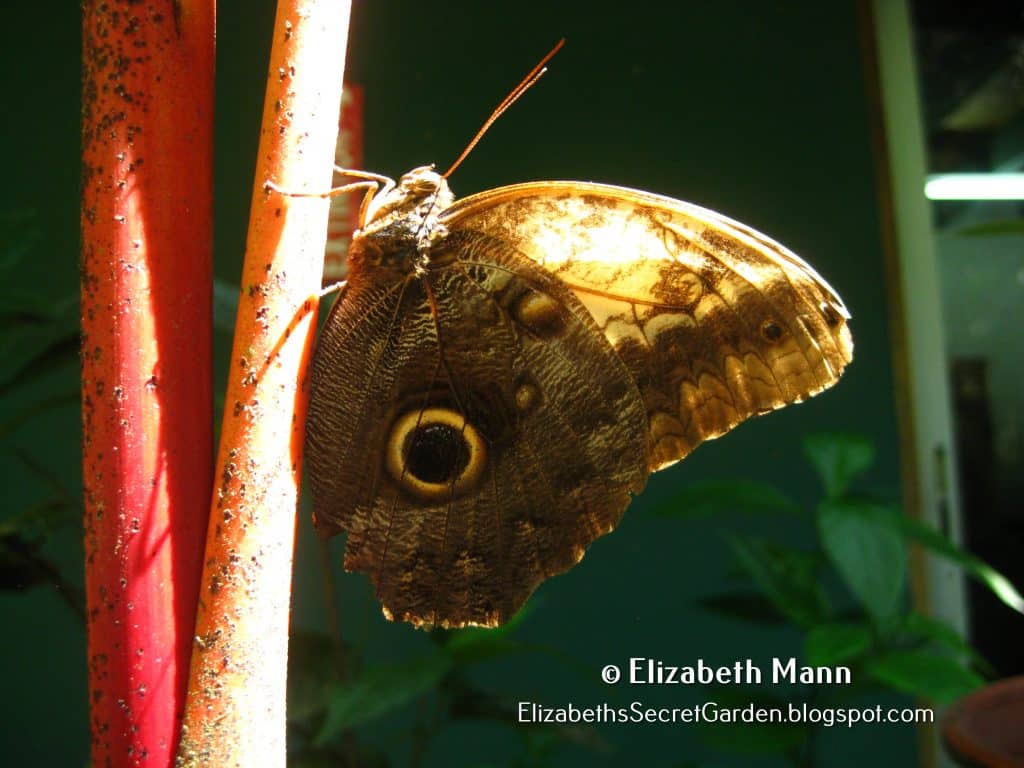

Want to learn more about my stay in Costa Rica? Check out my book!


